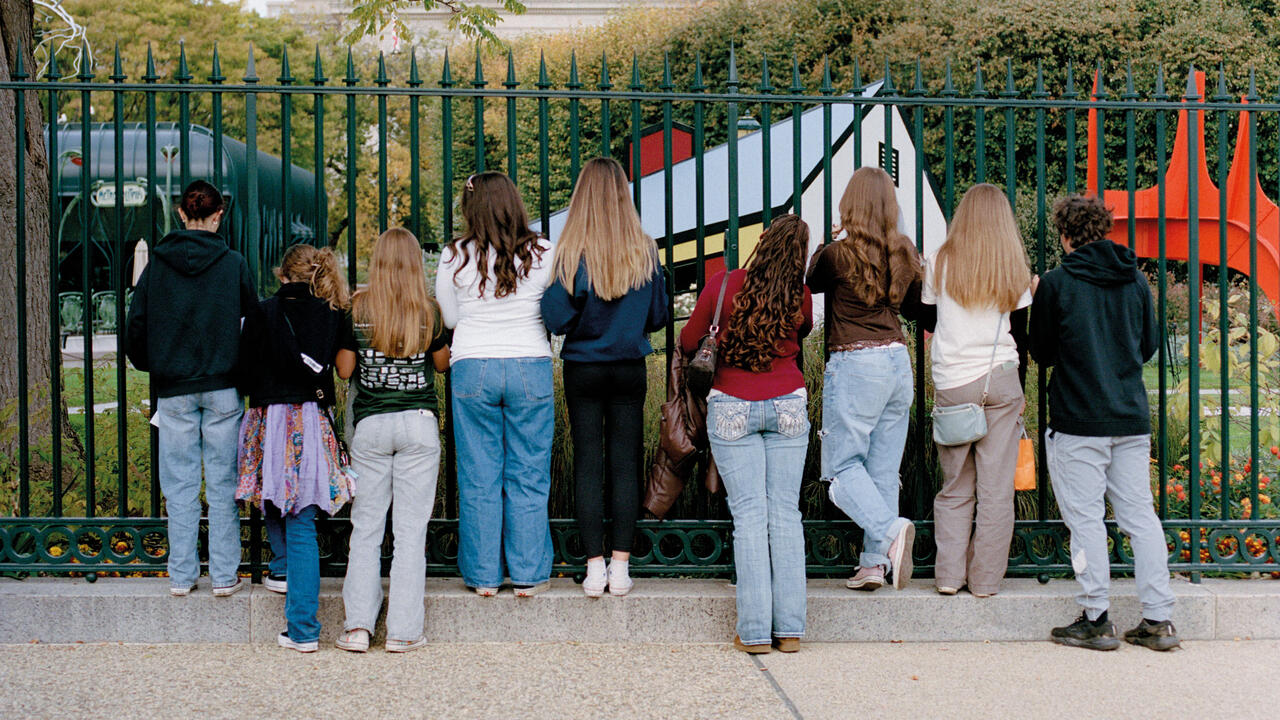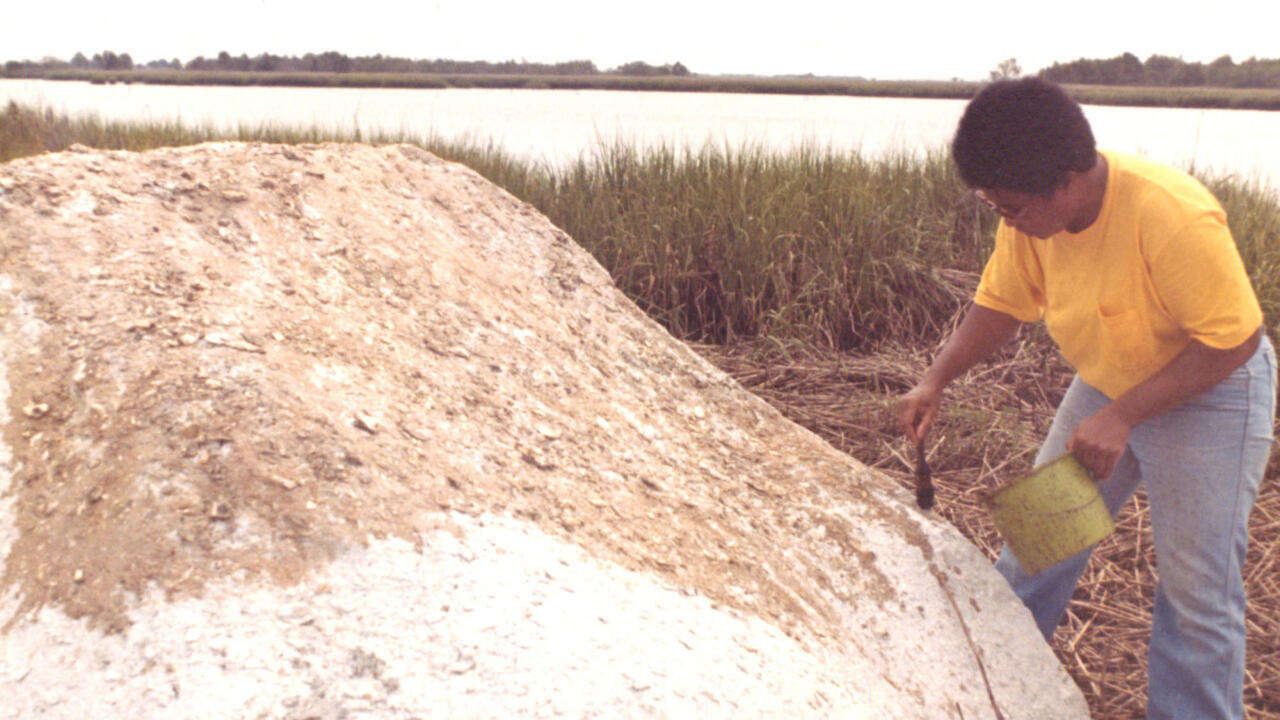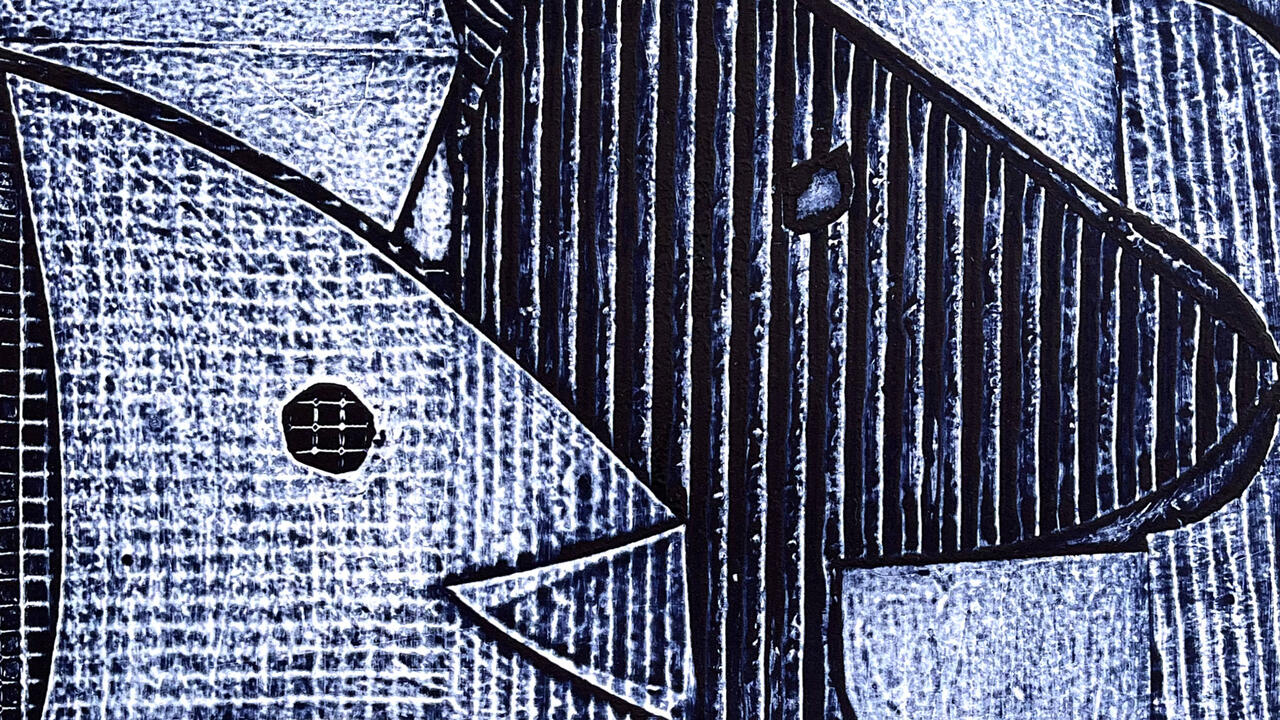‘Peering Through Layers of Time’: Why We Love the Tender Act of Art Conservation
Television has long celebrated the before-and-after reveal of a freshly cleaned masterpiece – now many museums are showcasing the hidden art too
Television has long celebrated the before-and-after reveal of a freshly cleaned masterpiece – now many museums are showcasing the hidden art too

In the handsome Edwardian interiors of Swansea’s Glynn Vivian Art Gallery hangs a dirty old painting. Why is it on show in such condition? Once attributed to Italian baroque painter Mario de’ Fiori (1603–73), the painting – of Cupid surrounded by flowers – became covered in coal dust and dirt during years of storage in a boiler house. It had not been shown in public for decades – until now.
Artist Sophy Rickett came across the painting during a visit to Glynn Vivian’s storerooms earlier this year. She became fascinated not so much by the painting as by the dirt: the material history of an unloved work of art. Rickett, who has long engaged with what is deemed undesirable in existing (often photographic) images, worked with the collection’s conservation officer, Jenny Williamson, to clean a very small section of the painting: a neat circle – like a porthole or lens – directly over the cherub’s right eye, which is closed in sleep or wistful contemplation. The result is like peering through layers of time. In the gallery, as part of Rickett’s solo show ‘The Curious Moaning of Kenfig Burrows’, the painting is accompanied by two labels: one reads ‘Cupid w surface dust’; the other ‘Circle on a Plane’.
Public interest in conservation is growing. Television has long loved the before-and-after reveal of a freshly cleaned masterpiece. Now, many museums are exploring the benefits of showcasing that which traditionally remained behind closed doors. In 2015, Berlin’s Bode Museum held ‘The Missing Museum’, an exhibition of painting and sculpture damaged during World War II. In 2016, Paris’s Musée d’Orsay transformed conservation into spectacle by carrying out the restoration of Auguste Glaize’s painting The Women of Gaul (1851) in the gallery. Such initiatives are part of a wider shift in the self-perception of museums, with institutions focused less on serving as temples of specialist knowledge and more as forums for debate. This focus on public input is also measurable online, where social media platforms and museum websites can document conservation in action, growing audience figures that are appealing to funding bodies.

With different sensibilities and agendas, artists are both collaborating with conservators and exploring conservation as a subject in its own right. Taus Makhacheva’s film Tightrope (2015) dramatizes the fragility of museum collections and the cultural heritage they embody while her performance-installation ASMR (Autonomous Sensory Meridian Response) Spa (2018) draws attention to the tender care and aesthetic judgement of art restorers. For Cinq secondes plus tard (Five Seconds Later, 2017), Julien Berthier worked with restorers to adapt three 19th-century landscape paintings to reflect how each scene might appear if moved forward five seconds in time, by means of detailed – and, at times, absurd – retouching.
Museums may be making conservation public in the name of transparency, but it was the obscurity of Cupid’s dirt that intrigued Rickett. ‘Like drawing in the dirt,’ is how the artist describes the intervention: a simple act that nonetheless ‘touches upon complex institutional, ethical and art-historical questions’: which artworks are worth exhibiting, which are worth restoring, on what criteria and who gets to decide? Such queries strike at the heart of institutional anxieties over the possibility of objectivity. Museum protocols are cultural products: they vary across time and place. Even those practices that seek to stall time are themselves in flux: ‘Conservation is changing,’ says Williamson. ‘It changes all the time.’
Comparable issues are raised by artist Maria Loboda in the two bodies of work currently on show as part of ‘May You Live in Interesting Times’, the central exhibition of the 58th Venice Biennale. In the Arsenale, ‘Lord of Abandoned Successes’ (2017) is a series of half-formed sculptures in wet clay, wrapped in cotton business shirts and abandoned, unfinished. In the Giardini is the photographic series ‘Zero Dynasty’ (2017). At first glance, these large-scale images seem to show close-ups of conservators at work: one hand dabs the eye of an Egyptian stone bird sculpture with a cotton-wool bud, another pats a cloth over an ancient mask. Look closely, however, and you realize that something is amiss: Loboda is not depicting the care of the objects themselves but their images – reproductions from a lavish catalogue of Egyptian art produced by the British Museum. Between these protective acts – the wrapping of the unfinished sculptures, the restoration of the catalogue – the actual artworks are no longer visible.

‘Restoration is like gardening,’ says Loboda, ‘you have to keep on doing it.’ Like Makhacheva, Loboda cherishes what she calls the ‘tenderness’ of conservation. Her work pays tribute to the skill and dedication of professional conservators while, like Rickett, probing the conscious and unconscious value judgements that underpin the infrastructure of art history. In describing her works as ‘little misfits’, which she seeks to inveigle into the art-historical canon, Loboda provides a subtle but forthright critique of the politics of exclusion.
An interesting question arises from all these works: how will they themselves be conserved? Loboda is at once blasé (‘I don’t really care! I don’t cling to my objects.’) and, paradoxically, confident that quality will endure: ‘I believe that if my work is good enough, people will take care of it naturally.’ Ultimately, she trusts art institutions to care for her work, even as that work puts into question the entire infrastructure of care.
Rickett’s intervention, by contrast, will not last. In order to prevent permanent damage to the painting, it cannot be left part-cleaned for long. Within a few months, the work will exist only in documentation and memory. De’ Fiori’s Cupid, however, has become an object of interest again: ‘The intervention has given the painting a narrative and therefore a reason to be exhibited,’ says Rickett, ‘as if it’s been rescued from oblivion.’ Ironically, in making Cupid valuable again, Rickett’s work must itself be erased. Sometimes, to protect one thing is to destroy another. For all the care in the world, the best works of art may be mortal, too.





















